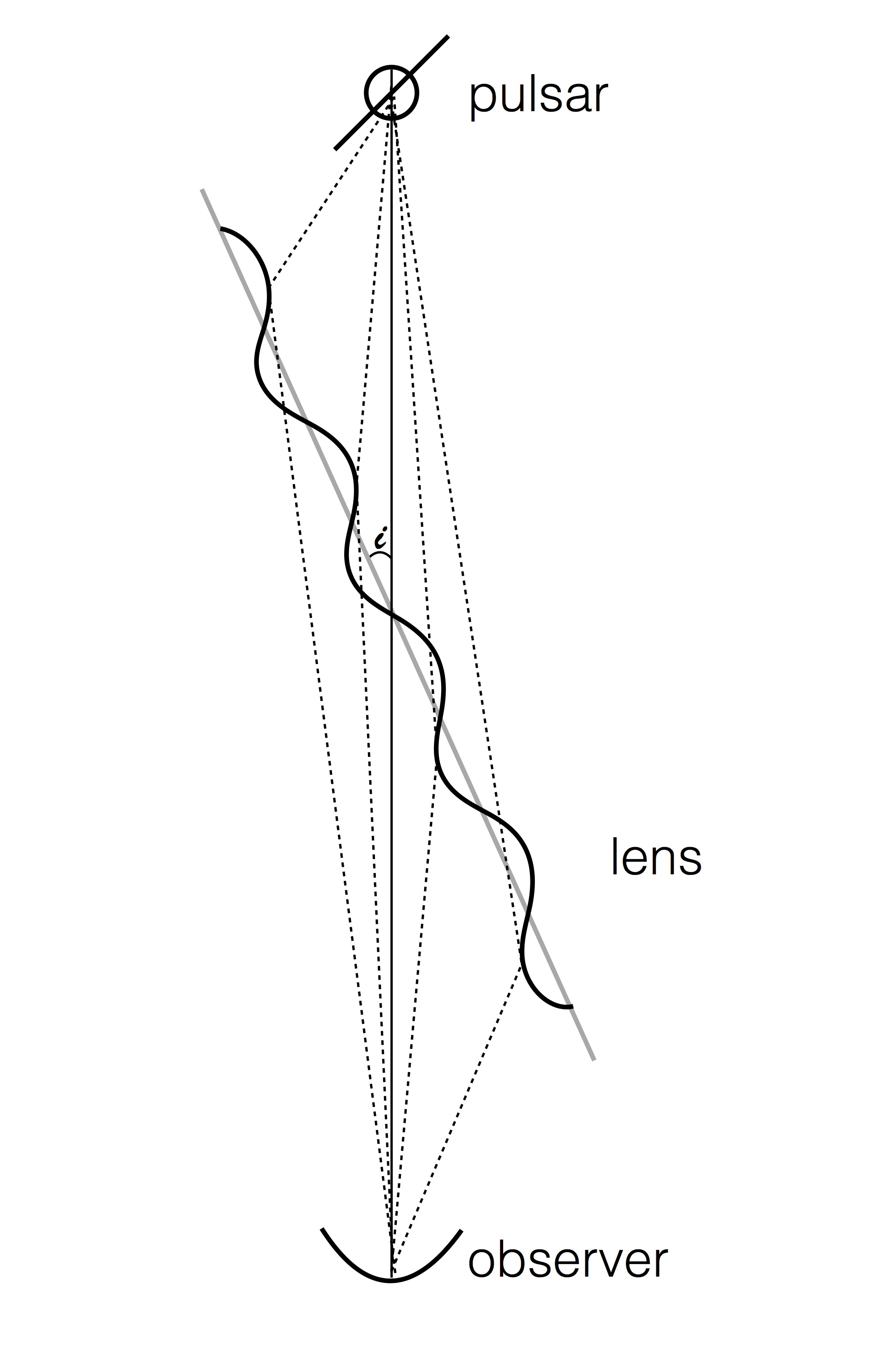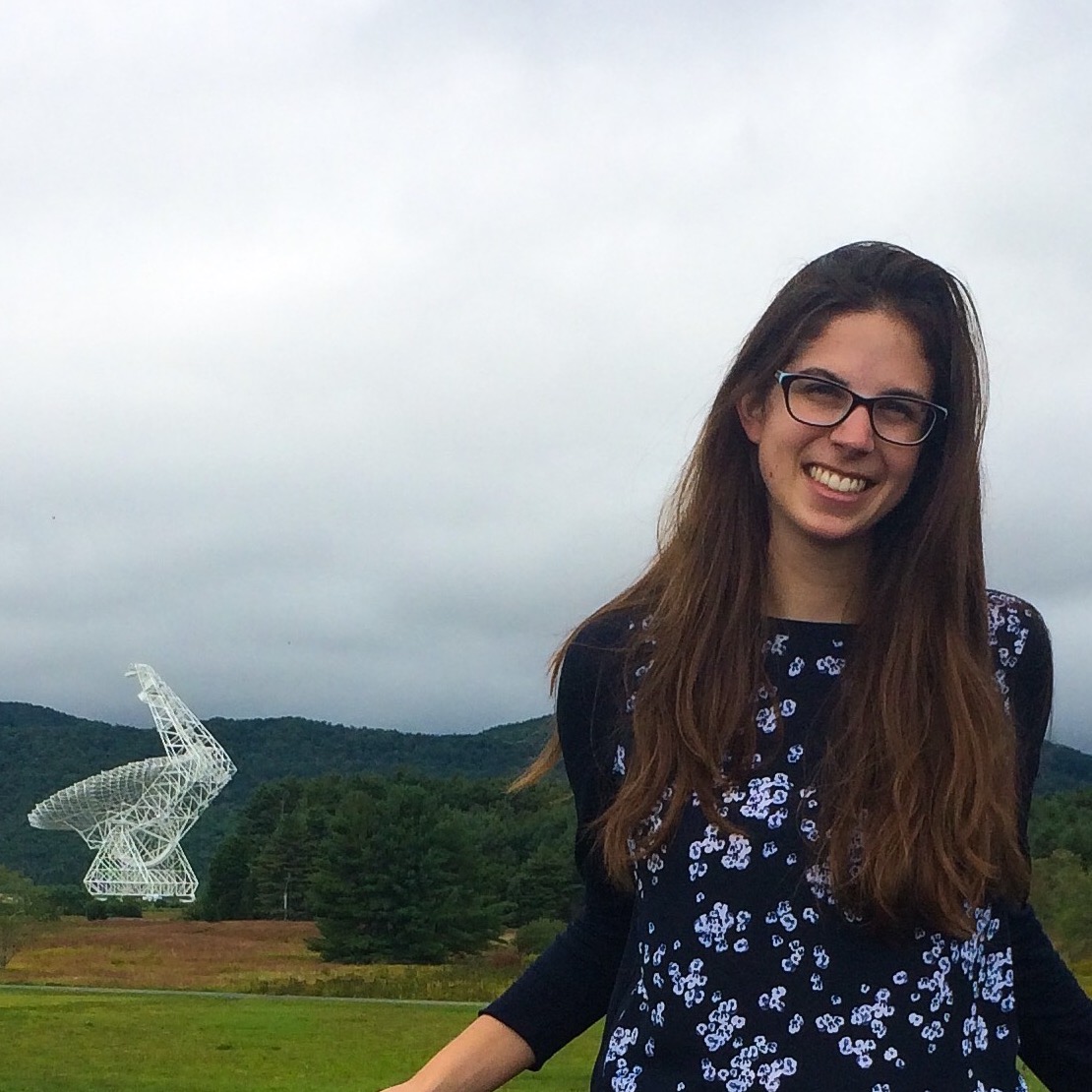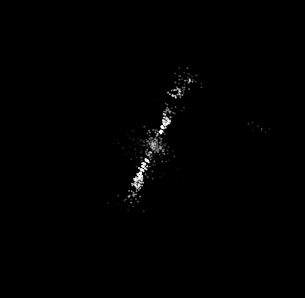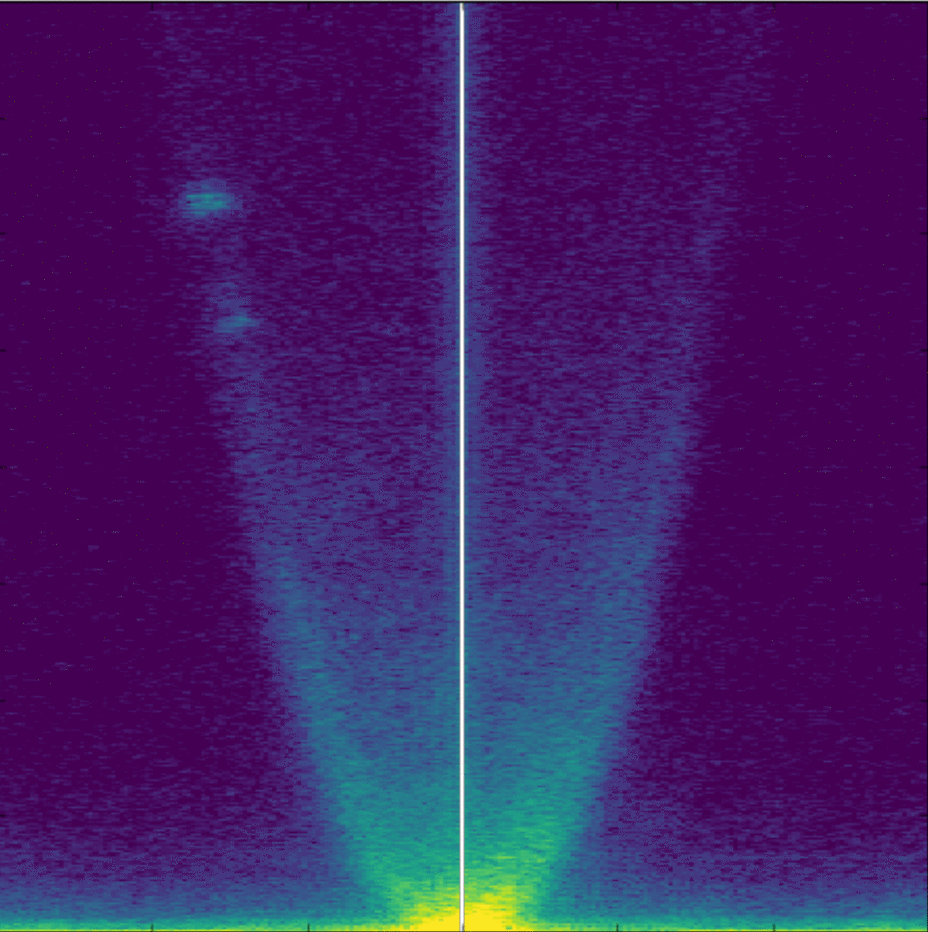I have recently moved to Caltech.
Follow me to my new page here.
About Me
I'm a graduate student in the Department of Astronomy and
Astrophysics at the University of Toronto, where I study pulsar
scintillation and the structures in the interstellar medium that
cause it with my advisor, Ue-Li Pen , and the rest of the University
of Toronto Scintillometry Group. My work focusses on understanding
the effects that interstellar plasma screens have on pulsar
radiation as it travels towards us. This involves both delving into
new ways to extract information on the interstellar screens from
pulsar dynamic spectra, or the intensity pattern in time and
frequency that we see at Earth due to the interference of the
scattered pulsar radiation, and developing and testing predictive
models of pulsar scintillation based on possible realizations of the
interstellar screens.
I'm also involved in the revitalization of the Algonquin Radio
Observatory 46-m radio telescope in Ontario, Canada. You can check
out a public
talk I gave about using ARO for global pulsar VLBI as
part of Astronomy on Tap T.O.
My Research
Reconstructing scattering screens
In order to study pulsar scintillation, we first need
to be able to reconstruct the scattered image of the pulsar.
Pulsars themselves would appear as unresolved points on the sky if
there were no intervening plasma structures in the way, and even
when scattered the images are very small so that traditional imaging techniques
are not sufficient. Part of my research is developing the techniques that can
be used to reconstruct the image, even if the scattering environment
is complicated, with multiple different scattering screens between
us and the pulsar. To the left is a reconstructed image of PSR
B0834+06 scattered by the interstellar medium that I created based on
VLBI observations taken by Brisken et al. (2010).

Models of pulsar scintillation
As pulsar radiation travels towards us, it is scattered and
lensed by plasma structures in the interstellar medium. Recently,
structure has been noted in scintillation patterns that suggests
highly anisotropic scattering at one or more screens along our
line-of-sight to the pulsar. Along with my advisor, Ue-Li Pen, I
developed a model of pulsar scintillation based on the theory that
scintillation is due to grazing refraction lensing of the pulsar emission by
plasma sheets in the interstellar medium. In this picture, a plasma
screen with a slightly different index of refraction than the
surrounding interstellar medium is
very closely aligned with the line-of-sight to the pulsar, so that
only small perturbations on the screen are needed to bend the pulsar
light, as shown in the cartoon to the right.
Models of this process make clear predictions about the
evolution of the scattering with time and frequency. By comparing
these predictions to observations of pulsars, we can
start to narrow down the causes of pulsar scintillation. Because
these models are predictive, they may also be integral in removing the
effects of scattering plasma screens in low-frequency observations of
pulsars. You can check out a talk I gave on this research here.
The scintillation of PSR B0834+06
In the fall of 2016, we undertook a global VLBI campaign in
order to track the
evolution of the scintillation pattern of PSR B0834+06 over 6 weeks.
The image on the left shows the secondary spectrum (the power
spectrum of the observed interference pattern) over the observation,
constructed from the data recorded at Arecibo.
We see individual reverse arclets appear in the
left hand side of the secondary spectrum and then traverse through the
spectrum. This indicates that small, compact regions of the screen
are moving in front of the pulsar. The motion of these can be
compared to expectations from models, including from the plasma sheet
model. We also see a persistent, diffuse
parabolic arc of power, which suggests that compact regions aren't the
full story of how the plasma sheet scatters the pulsar emission.



